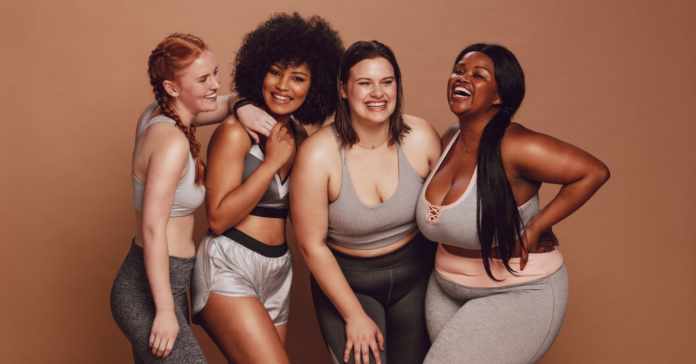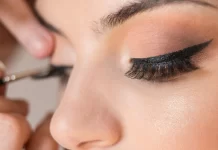Fashion is an industry that constantly evolves with trends and movements. Whether it’s new colors, innovative styles, or celebrity preferences that drive these changes, they tend to have an impact on society. Similarly, cultural views turn the tables and affect fashion trends as well.
In recent years, designers like Dolce & Gabbana and others have adapted to embrace the body positivity movement by broadening their offerings and showcasing models of different sizes and shapes.
Table of Contents
What Is Body Positivity?
Body positivity approaches beauty from a functional perspective rather than extol traditional societal views of attractiveness. In other words, your body is beautiful regardless of your weight, height, shape, skin color, hair condition, age, bra size, ability, or any other appearance-based characteristic. Your body is amazing because it carries you through this life and allows you to be you.
How Has Body Positivity Revolutionized Fashion?
Before the body positivity movement took hold, it was common to see only one type of fashion model. She was tall, thin, young, had clear skin, and epitomized society’s ideal of an attractive woman. If you didn’t look like her, you might have trouble finding clothing that fit you properly.
Starting with plus-size models — like Ashley Graham, Kate Wasley, and Precious Lee — fashion shows and advertising really began to change with the cultural spread of what has become known as fat acceptance. Designers and retailers expanded their offerings to include 1X, 2X, and 3X sizing — and even special clothing lines specifically for larger women.
This is important for a number of reasons. For an industry long associated with eating disorders and unhealthy views of beauty, featuring women in larger bodies helps to reach young girls with the message that you are beautiful regardless of your size. Further, it allows people of all shapes more access to fashionable clothing that makes them feel good.
The industry is also employing more models with skin conditions — such as vitiligo — and putting them in clothing that reveals their imperfections, like low cut or backless dresses. Not only does this show young fashionistas that they shouldn’t be ashamed of their own skin, but it also promotes feelings of self-love and beauty in people with flaws — essentially, everyone.
Inclusive fashion has given a boost to people with disabilities, too. Adaptive clothing is now gaining a foothold and making apparel choices easier for men, women, and children with unique physical challenges.
Adaptive fashion often incorporates Velcro, snaps, and other elements into clothing to make garment removal or access to medical devices easier. This fashion revolution normalizes disabilities for the able-bodied community and helps those within the disability community itself to feel seen and valued.
Race and gender are also playing an ongoing and prominent role in the evolution of fashion. In addition to ad campaigns that celebrate people of all skin colors, gender neutral clothing and androgynous models are widening the impact of brands and designers who shows their commitment to inclusivity and diversity.
What’s Next?
Many people believe that body positivity is more than just a trend or fad. As culture continues to embrace all bodies, the need for imperfect models and styles that work for everyone is likely to increase. This has the potential to lower rates of depression and raise self-esteem among adolescents, as they’ll be able to see themselves in fashion magazines and define beauty differently than their parents’ generation did.
The old idea that high fashion is only accessible to those of a certain appearance or body type is quickly dissolving. It’s crucial for brands and the media to continue providing momentum that drives acceptance and celebration of all people forward.



















